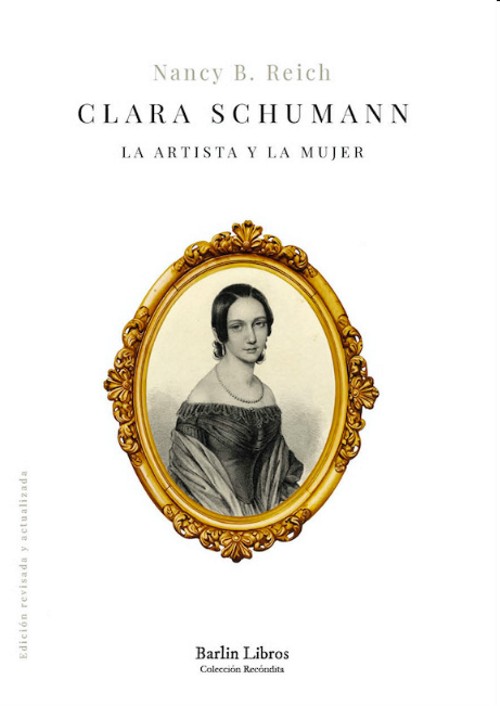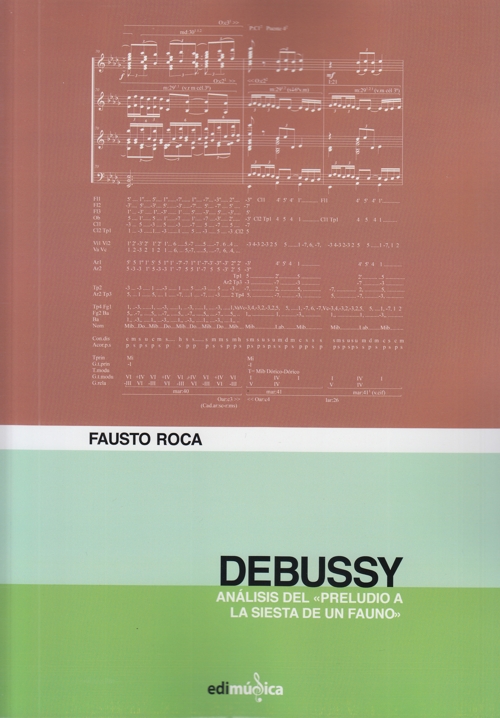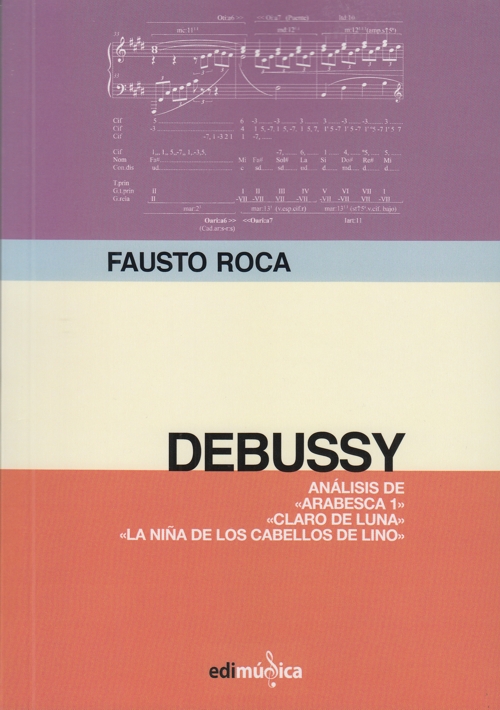
Harmony in Beethoven
Damschroder, David
Cambridge University Press. 2019Ficha técnica
- EAN: 9781316500620
- ISBN: 978-1-316-50062-0
- Editorial: Cambridge University Press
- Fecha de edición: 2019
- Encuadernación: Rústica
- Dimensiones: 19x25
- Idioma: Inglés
- Nº páginas: 308
Disponible en breve
Sin stock. Si se pide hoy, se estima recibir en la librería el 20/05/24¡GASTOS DE ENVÍO GRATIS!
PVP. 46,70€
Añadir a la Lista de deseos
David Damschroder's ongoing reformulation of harmonic theory continues with a dynamic exploration of how Beethoven molded and arranged chords to convey bold conceptions. This book's introductory chapters are organized in the manner of a nineteenth-century Harmonielehre, with individual considerations of the tonal system's key features illustrated by easy-to-comprehend block-chord examples derived from Beethoven's piano sonatas. In the masterworks section that follows, Damschroder presents detailed analyses of movements from the symphonies, piano and violin sonatas, and string quartets, and compares his outcomes with those of other analysts, including William E. Caplin, Robert Gauldin, Nicholas Marston, William J. Mitchell, Frank Samarotto, and Janet Schmalfeldt. Expanding upon analytical practices from the eighteenth and nineteenth centuries, and strongly influenced by Schenkerian principles, this fresh perspective offers a stark contrast to conventional harmonic analysis ? both in terms of how Roman numerals are deployed and how musical processes are described in words.
- Offers a radical rethinking of harmonic analysis, using Beethoven's oeuvre as a case study
- Explains what a thorough and penetrating analysis of a musical work might entail and offers critiques of analyses by others
- Guides the reader into the world of close analysis through careful demonstrations and explanations of a range of examples
CONTENIDO:
Preface
Part I. Methodological Orientation: Harmonielehre (The Piano Sonatas):
1. IV as intermediary between I and V
2. II as intermediary between I and V
3. A detailed look at the circle of fifths
4. III on the path from I to V
5. The mediant within the orbit of the tonic
6. Notable linear initiatives
7. Parenthetical passages
Part II. Masterpieces:
8. String Quartet in B?Major (Op. 18, No. 6), La Malinconia, in response to William J. Mitchell
9. Piano Sonata in D Minor (Op. 31, No. 2, 'Tempest'), movement 1, in response to William E. Caplin
10. Violin Sonata in A Minor (Op. 47, 'Kreutzer'), movement 1, in response to Janet Schmalfeldt
11. Symphony in A Major (Op. 92), movement 3, in response to Robert Gauldin
12. Piano Sonata in E Major (Op. 109), in response to Nicholas Marston
13. String Quartet in A Minor (Op. 132), movement 1, in response to Frank Samarotto
Epilogue.






